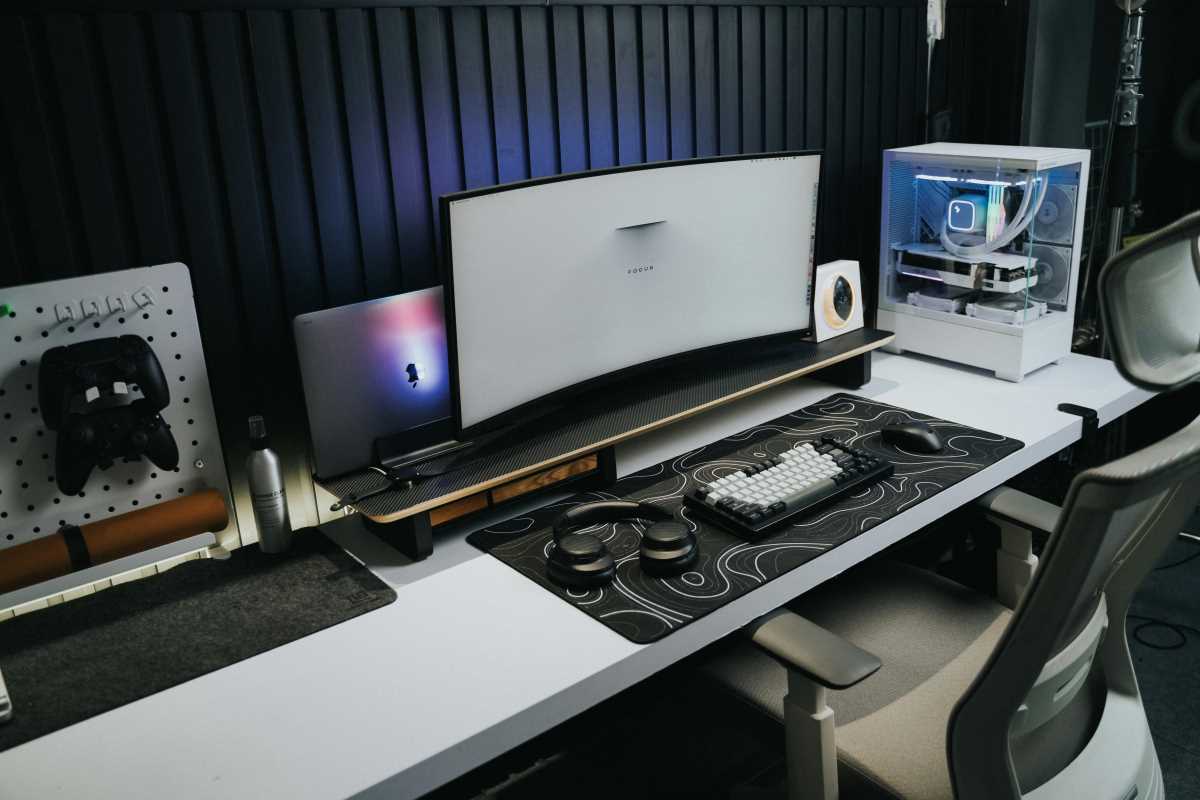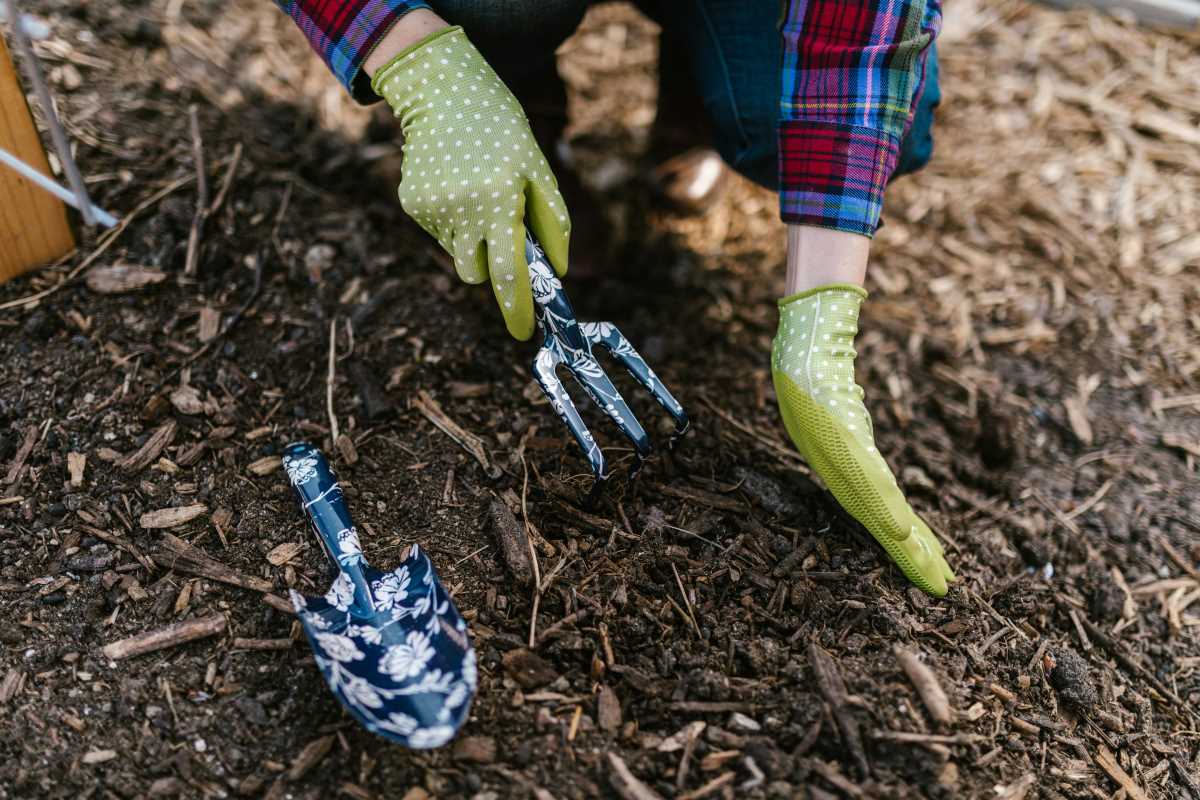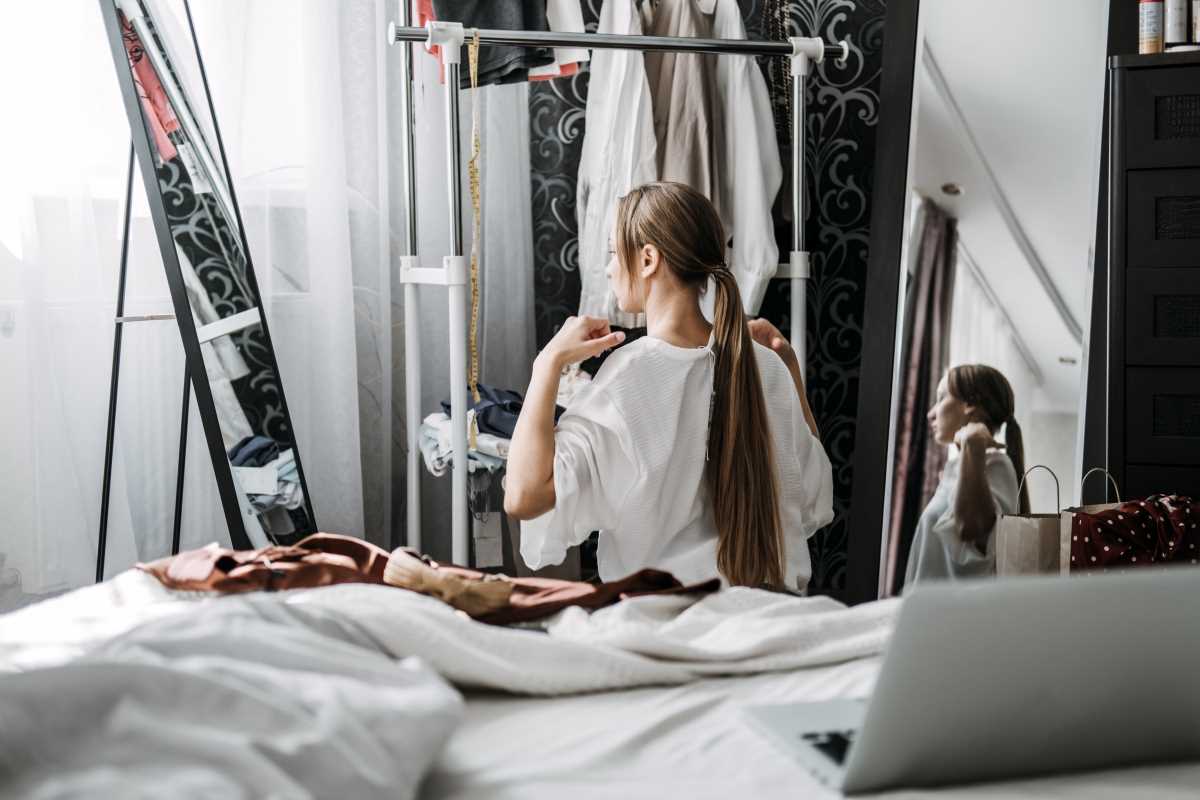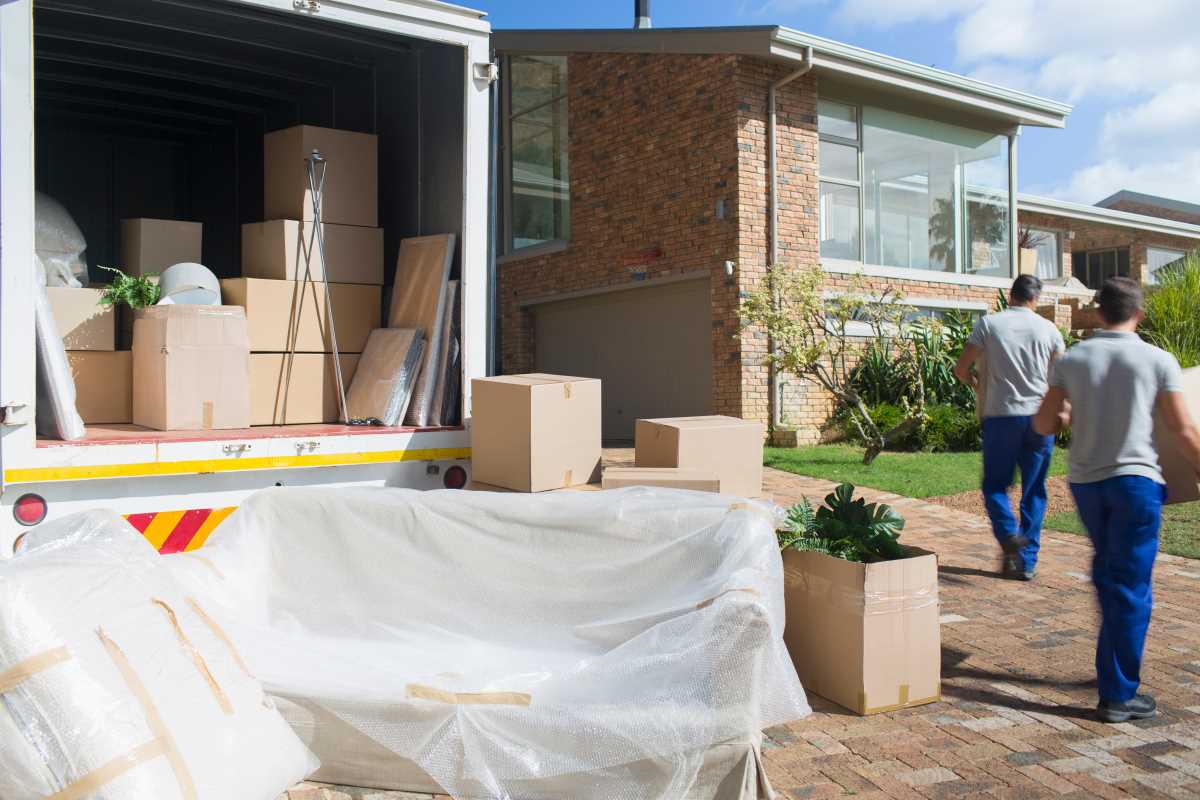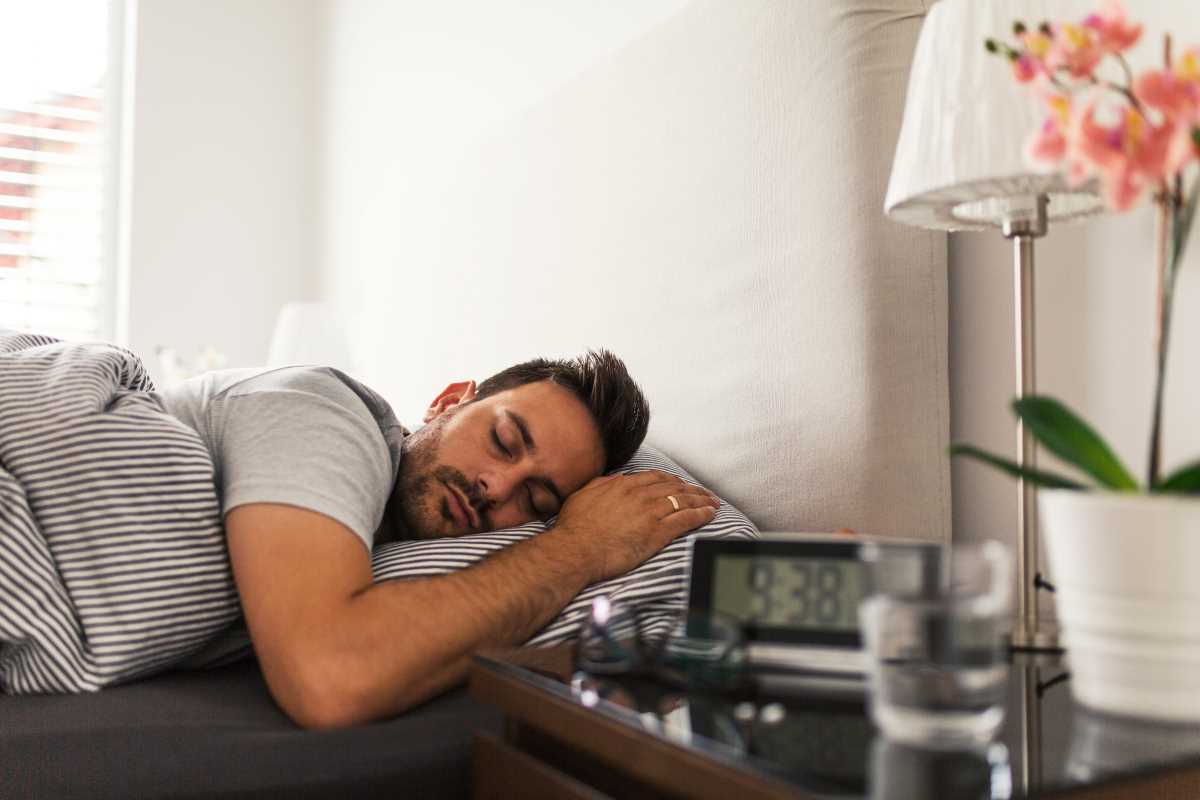Urban apartments and homes frequently present challenges like cramped layouts, aging structures, and the need to watch expenses closely. Still, you can make your living space more comfortable, save money, and reduce your environmental impact by making a few thoughtful changes. This guide explores six practical improvements that you can start working on as early as this weekend or plan for in the future when your budget allows. Each suggestion considers both initial costs and long-term benefits, helping you achieve noticeable results without unnecessary stress or financial strain.
You’ll find clear steps, real numbers, and mini snapshots of urban setups that cut energy bills by up to 30%. By the end, you’ll know exactly where to start, whether you rent a studio or own a high-rise condo.
Evaluate Your Home’s Current Footprint
Any upgrade begins with a clear picture of today’s energy and water use. Tracking these metrics reveals the biggest payoffs.
- Electricity consumption (monthly kWh)
- Water usage (gallons per month)
- Heating and cooling costs ($ per season)
- Waste output (trash bags per week)
- Indoor air quality (CO₂ levels, humidity)
Gather bills and use a smart meter or app to log data for at least one billing cycle. Once you notice spikes—like high AC use in shoulder seasons—you can target the cause.
Compare your data with building averages or neighbors if possible. That comparison shows you whether to focus on insulation, lighting swaps, or faucet fix-ups first.
Replace Old Appliances with Energy-Efficient Models
Switching out old models offers big savings in small urban units. We ranked five common replacements by how quickly they pay back, from fastest to slowest.
- LED lighting (ROI under 6 months)
- ENERGY STAR refrigerator (1–2 years)
- Tankless water heater (2–3 years)
- High-efficiency washer (3–4 years)
- Smart thermostat (4–5 years)
LED bulbs reduce lighting costs by 75% compared to incandescent bulbs, and they last 25 times longer. A one-bedroom apartment might save $100 annually just on lights.
Replacing your refrigerator with an ENERGY STAR-rated model costs about $200 more initially but lowers your electric bill by $50–$70 each year. In dense urban markets, rebates often cover 20–30% of that extra cost.
Improve Water Efficiency
Water bills can rise sharply in older buildings with leaky fixtures. Sealing leaks and installing efficient fittings lead to quick savings.
Start with aerators and low-flow showerheads. A model using 1.5 gallons per minute can reduce a two-person household’s water use by up to 35%. Install faucet aerators for less than $10 each and save $20–$30 annually per fixture.
Next, check your toilets. A dual-flush retrofit kit costs around $30 and can cut water use by 30%. One midtown rental reduced its water bill by 15% after replacing five toilets.
Improve Indoor Air Quality
Urban dwellers often face dust, traffic fumes, and mold risks in older buildings. Clean indoor air boosts health and cuts HVAC operation.
Use a portable HEPA filter in high-traffic rooms. A model with a CADR of 200 can clear smoke particles in a 400-square-foot space in less than 20 minutes. Running it for eight hours each day reduces allergy symptoms and might lower AC runtime by 5%.
Seal gaps around windows and doors with weatherstripping. A small studio often gains an R-value increase of 1–2, which reduces heating costs by about $50 each winter. The same sealing prevents pollen and street dust from entering your space.
Utilize Smart Home Technology
Automation tools let you adjust energy use easily. Smart vents, sensors, and apps coordinate heating, lighting, and water systems to fit your daily routine.
Set programmable thermostats to adjust setpoints when you leave. Lowering the temperature by five degrees for eight hours each day saves about 10% of your heating costs. Connect them with occupancy sensors so you do not waste energy in empty rooms.
Lower Your Utility Bills and Make Your Home More Comfortable
These actions reduce bills, improve comfort, and lessen environmental impact. Begin with simple fixes like aerators and LED bulbs, then pursue larger upgrades as your budget allows. Each step makes urban living cleaner, cozier, and more affordable.
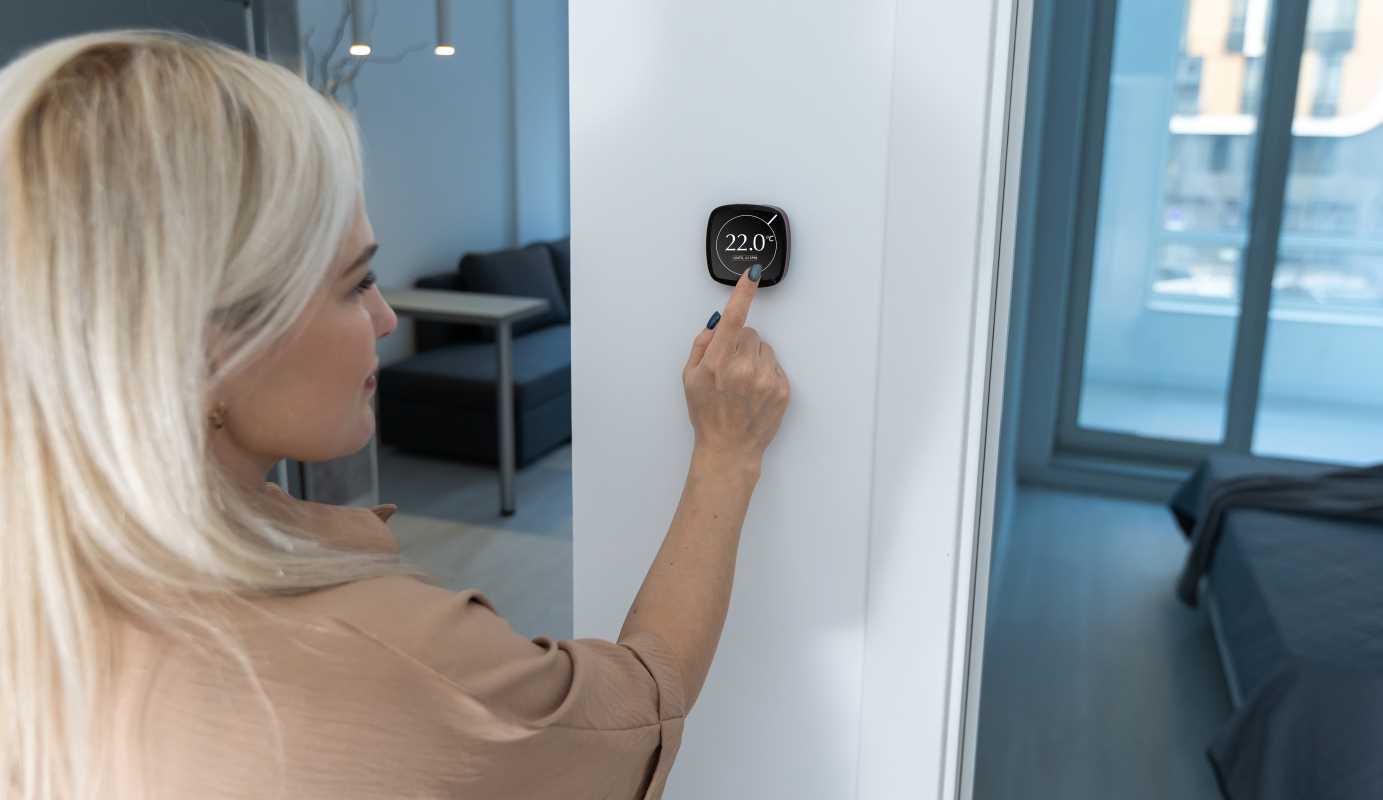 (Image via
(Image via
